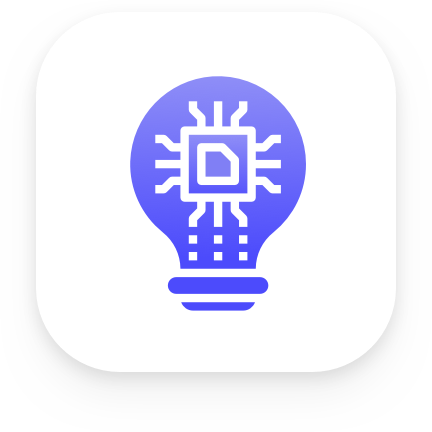Comments
There's unfortunately not much to read here yet...
Follow the full discussion on Reddit.
I was trying to understand the skipgram model of word2vec, and I had some problems in understanding the details. I'm clear about the high level idea - given a word, predict the context of the word. However, when you actually train the model, what is the input and output of the model for a particular training instance? To be more concrete with an example, disregarding all sophisticated techniques like negative sampling etc., if I have the sentence "it is a beautiful day today", the input to the cbow version would be average of one-hot encoding of "it", "is", "a", "day", "today" and the output should ideally be one-hot encoding of "beautiful". For skip-gram, I'm confused - given input one-hot encoding of "beautiful", what should be the output be? Should be average of one-hot encoding of "it", "is", "a", "day", "today" in a single training instance or "it", "is", "a", "day", "today" in 5 separate training instances? I tried to go through the gensim codebase to understand what they do, but it's not clear.
There's unfortunately not much to read here yet...
Ever having issues keeping up with everything that's going on in Machine Learning? That's where we help. We're sending out a weekly digest, highlighting the Best of Machine Learning.
 Best of Machine Learning
Best of Machine Learning
Discover the best guides, books, papers and news in Machine Learning, once per week.